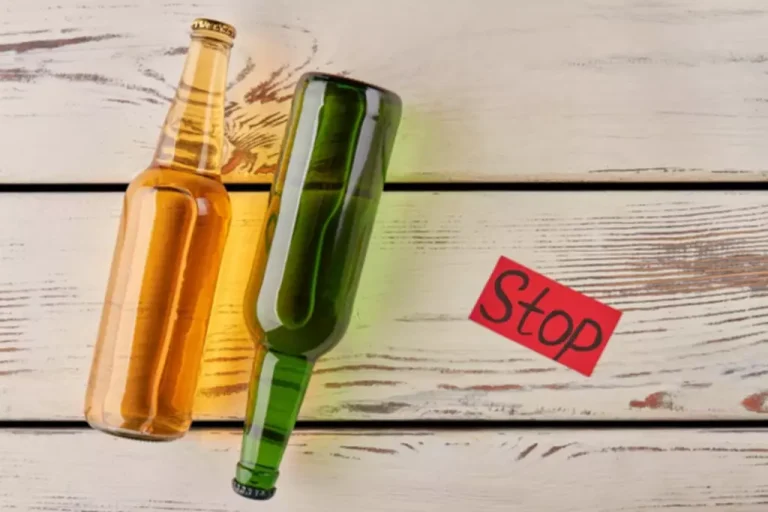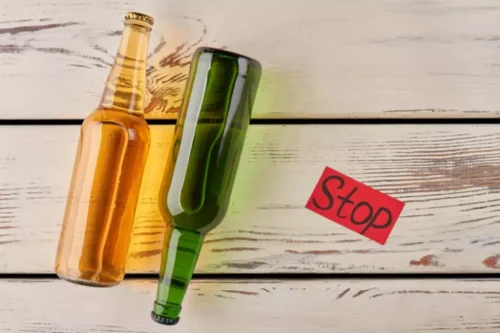Treatment of amphetamine abuse use disorder: a systematic review of a recent health concern PMC

Training Of Trainer salatiga sambas samosir sampang sanga sanga sangatta samarinda satui sawah lunto sijunjung serang seram semarang pemalang pematang siantar tasikmalaya
22 November, 2019Outsourced Accounting Services: Save Time and Boost Efficiency
2 March, 2021Treatment of amphetamine abuse use disorder: a systematic review of a recent health concern PMC

Obtaining an accurate medication history for the patient may allow a diagnosis to be made independently of drug metabolite testing. Therefore, obtaining medication histories should always be a focus during the evaluation of patients who are intoxicated. While there are few medications that have been evaluated, amphetamine withdrawal seems a reasonable target for developing a medication to aid individuals in instilling amphetamine abstinence.
Does relapse to drug use mean treatment has failed?
In animal studies, methamphetamine increased viral replication; in human methamphetamine abusers, HIV caused greater neuronal injury and cognitive impairment compared with non-drug abusers. Many amphetamines are Schedule II stimulants, which means they have a high potential for abuse and are legally available only through a prescription. When used for medical purposes, the doses are much lower than those typical among abusers of the drugs. Of the 4065 participants reported on in the reviewed studies, 2858 (70.3%) were male. Nine of the 43 studies (21%) enrolled only males 24, 29, 30, 34, 46, 52, 55, 57, 58, however not all of these were by design. One study 45 did not report the sample by those randomised, only by completers (in a non-intention-to-treat analysis) and so the total randomised figure of men versus women was not able to be determined based on randomisation (authors did not respond to a request for further data).

Treatment algorithm
The primary outcomes included safety and efficacy defined as abstinence from MA—measured by a new MA-positive UDS (measured twice weekly) and self-reported MA consumption. The present review documents that pharmacological treatments effectively helped Iranian patients alleviate some amphetamines-related symptoms. However, the effects of medications were different on amphetamines-related symptoms.
- Like treatment for other chronic diseases such as heart disease or asthma, addiction treatment is not a cure, but a way of managing the condition.
- In some cases, this was due to the setting (e.g. male-only residential treatment centres), or studies conducted in specific populations (e.g. men who have sex with men), and in others the reason is not clearly stated.
- Methamphetamine causes increased activity, decreased appetite, and a general sense of well-being.
- Amphetamine also releases adrenaline from the peripheral sympathetic nervous system, an action linked to its cardiovascular side effects.
- The tolerance and withdrawal criteria are not considered to be met if the stimulant is used only under appropriate medical supervision.
A clinical perspective on the use of amphetamine in the treatment of ADHD
No studies were located that analysed treatment outcomes by gender, although the importance of gender differences and treatment outcomes have been reported in the research literature 28, 29. In previous reviews, we have extensively described the efficacy and safety of stimulant and non-stimulant drugs used in the management of ADHD and compared the relative merits of each (Heal et al., 2009, 2012). This analysis has revealed that the stimulants, including amphetamine, are still accepted to be the most efficacious drugs Amphetamine Addiction available. Some attempts to introduce new medications, for example guanfacine XR (Intuniv®) have been successful, but many other new pharmacological approaches have failed (see Heal et al., 2012). On the other hand, the innovations in formulation technology and drug delivery systems have made significant strides forward in improving the clinical management of ADHD. All of the stimulants have biological half-lives that require at least twice-daily dosing to deliver efficacy over 12–14 h.
While women are underrepresented in the reviewed studies as a proportion of the population overall, they may not be underrepresented as a proportion of the population who present for treatment. This is due in large part to fear of losing access to children (e.g. due to mandatory reporting), and family responsibilities (lack of alternate options for childcare, etc.); women are also more likely to encounter economic barriers to treatment access than are men 76. Topiramate was assessed in two studies reviewed here 32, 55, demonstrating reduced use and addiction severity compared with placebo. Furthermore, a secondary analysis of Elkashef et al. 32 found higher responders within groups in a latent class analysis 69, suggesting further studies with different eligibility criteria are warranted.

Studies indicate a strong relationship between participant retention at follow-up and the efficacy of pharmacological treatments in combination with behavioral interventions for MA patients 24, 25. The review findings indicated that pharmacological treatments alone led to significant reductions in craving, withdrawal, psychosis and depression among amphetamine abusers 14–19. If some medicines can reduce amphetamines-related symptoms, they can be used in drug treatment services. Furthermore, using BCBT is likely to increase the outcome of pharmacological treatments for amphetamines abuse in clinical practice. These issues need to be considered by clinicians and psychologists who work with amphetamine abusers. Another study examined sustained-release oral dexamphetamine (30 mg po BD) for 60 MA-dependent participants 35.


Psychosocial interventions such as contingency management, cognitive behavioral therapy (CBT), motivational interviewing, Matrix model, and community reinforcement approach are the mainstays of treatment; no medication has yet proven effective. It has long been accepted that in ADHD there is dysregulation of the brain catecholaminergic systems in the PFC and its connections to subcortical regions including the striatum (Arnsten and Dudley, 2005; Durston, 2003; Russell et al., 2005). Because addiction can affect so many aspects of a person’s life, treatment should address the needs of the whole person to be successful. Counselors may select from a menu of services that meet the specific medical, mental, social, occupational, family, and legal needs of their patients to help in their recovery. The chronic nature of addiction means that for some people relapse, or a return to drug use after an attempt to stop, can be part of the process, but newer treatments are designed to help with relapse prevention.

What Is Amphetamine Addiction, Tolerance, and Dependence?
- A person may take years to be able to manage without the substance, and they may return to using a substance for some periods of time.
- The participants randomised to dexamphetamine demonstrated a greater reduction in withdrawal severity compared with placebo 50; however, participants were outpatients and continued MA use complicates the interpretation of withdrawal scores.
- The use of amphetamine with other serotonergic agents and/or CYP2D6 inhibitors (including fluoxetine, paroxetine, and bupropion) can increase the risk of serotonin syndrome.
- To assess the effectiveness of pharmacological alone or in combination with psychosocial treatment for amphetamine withdrawals on discontinuation rates, global state, withdrawal symptoms, craving, and other outcomes.
- The increases in systolic and diastolic blood pressures after oral or by intravenous administration of lisdexamfetamine were also identical, confirming by objective and quantifiable physiological measures that the intravenous injection route did not enhance its pharmacological potency.
No tests can determine drug misuse or addiction, but a medical professional can discuss a person’s substance use with them and assess possible risk factors that support the possibility. Yes, amphetamines have a high potential for abuse and addiction despite medical uses. The Drug Enforcement Agency (DEA) categorized amphetamines as a Schedule II Substance.
- The most common hallucinogens are lysergic acid diethylamide (LSD) and phencyclidine (PCP).
- The AUC0-480 min values were identical, but the maximum concentration reached in plasma (the Cmax) was 50% lower after administration of lisdexamfetamine and the time to Cmax (the tmax) was doubled (Jackson et al., 2011).
- Because we judged that the objective outcome was unlikely to be influenced by the lack of blinding, all studies were determined to be at low risk of bias.
- Blood pressure measurements are useful objective measures of the PD effects of sympathomimetic drugs.
- Finally, the accessibility of such treatments remains difficult for a large proportion of patients in the community 8.
A study of atomoxetine (80 mg po OD), a selective norepinephrine (noradrenaline) reuptake inhibitor (SNRI), randomised 69 opioid and ATS-dependent participants to 16 weeks of treatment, assessing ATS use as the primary outcome 58. The proportion of ATS-negative UDS was higher in the atomoxetine arm compared with placebo, but achieved only a small effect size, while there was no statistically significant difference in days abstinent. For secondary outcomes, the proportion of morphine-negative UDS was lower for the atomoxetine arm, while the depression scores were significantly reduced in the atomoxetine arm compared with placebo 58.